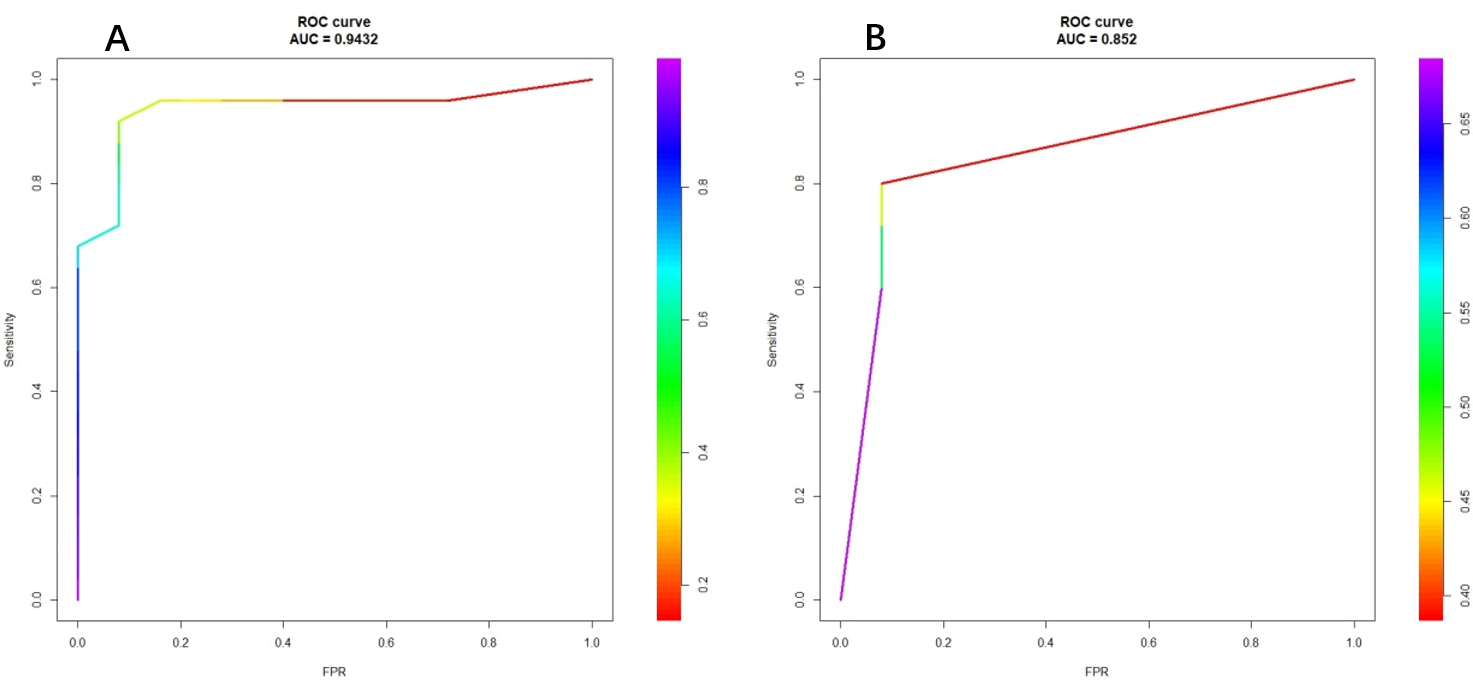Category: Rare Genetic and Metabolic Diseases
Objective: Olfactory dysfunction is a very common and early sign of many neurodegenerative disorders, but little is known about olfactory dysfunction in Wilson’s disease (WD). We aimed to evaluate olfactory function in patients with WD and identify selective WD screening odors.
Background: Olfactory dysfunction is a common non-motor symptom in neurodegenerative disorders such as Parkinson’s disease (PD), Alzheimer’s disease (AD), and hereditary ataxia. The neuropathological hallmark of WD is neuronal loss and atrophy in the lenticular nucleus, as well as in the midbrain, thalamus, and other parts of the basal ganglia. This involvement of the olfactory network may lead to olfactory dysfunction in WD. Hyposmia was first studied in small populations of patients with WD, and patients with neurological symptoms showed significant olfactory dysfunction compared with hepatic-type patients. Moreover, individuals with more severe neurological effects also presented with a more pronounced olfactory deficit. However, olfactory impairment in WD has not yet been intensively studied.
Method: We measured olfactory identification ability in 25 patients with WD and 25 healthy controls using the University of Pennsylvania Smell Identification Test (UPSIT). Patients with WD were evaluated using the neurological assessment section of the Global Assessment Scale for WD (GAS). Cognitive function was measured using the Mini–Mental State Examination (MMSE).
Results: Patients with WD were worse at identifying smells in the UPSIT compared with healthy controls (t = 2.198, p =0.033), but there was no difference in olfactory dysfunction severity between the groups (V = 136, p = 0.094). UPSIT scores negatively correlated with GAS neurological scores in patients with WD (r = –0.571, p = 0.003), but not with age, age of onset, MMSE scores, education years, or disease duration. Using logistic regression with LASSO(least absolute shrinkage and selection operator)analysis, two models were screened and cross-validated. Receiver-operating characteristic curve analysis revealed that, to discriminate patients with WD from healthy controls, the AUC for a combination of seven odors (motor oil, onion, licorice, strawberry, tire, jasmine, and natural gas) was 0.926 (Fig A), while the AUC for three odors (onion, licorice, and jasmine) was 0.85 (Fig B) .
Conclusion: Patients with WD may have stable, selective olfactory impairments. This selective pattern may be a useful tool for disease diagnosis and prediction.
To cite this abstract in AMA style:
L.i Chen, X. Wang. Olfactory impairment in Wilson’s disease [abstract]. Mov Disord. 2020; 35 (suppl 1). https://www.mdsabstracts.org/abstract/olfactory-impairment-in-wilsons-disease/. Accessed December 16, 2025.« Back to MDS Virtual Congress 2020
MDS Abstracts - https://www.mdsabstracts.org/abstract/olfactory-impairment-in-wilsons-disease/

